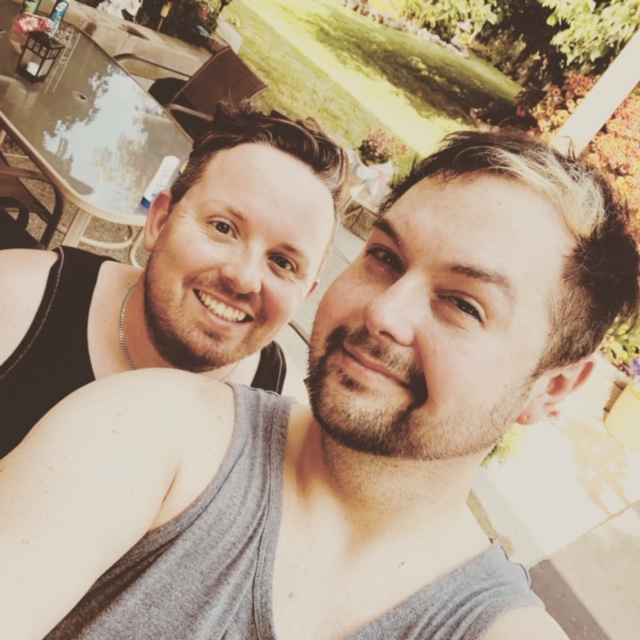It’s been more than three months since Winnipegger Jeremy Ernst and his American partner Michael Laducer have been able to see each other in person — and with the border closure extension, there’s no reunion date in sight.

The couple last saw one another in the middle of March — right before the Canadian-U.S. border shut down non-essential travel due to concerns around COVID-19 spreading.
“It was kind of a shock, I didn’t know what to do, we didn’t know if we should run to each other’s place,” Laducer said.
On Tuesday Prime Minister Justin Trudeau announced the border would remain closed for another 30 days — extending the closure until at least July 21.
The couple has spent the past three years taking turns driving the six-hour round trip between Manitoba and North Dakota on weekends.
Having the date when they can see one another again a moving target, has taken an emotional toll on them.
“You try not to let it bother you, like OK it’s 30 days, we can make this… Then they extend it and extend it. So the problem now is my fear is it’s not going to stop,” Ernst said.
“For the last 90 days, every 30 days we have been let down,” chimed in Laducer.
When the Canadian government announced they would start allowing married couples and common-law partners to be exempt from the border restrictions and be reunited, the couple thought the history of their committed relationship would put them in the common law category.

Laducer had planned to spend at least a month in Canada, with two weeks of self-isolation upon arriving, but he was denied entry on Monday.
“To be turned away — I was so frustrated. I just bawled 10 miles south of the border near my home because I didn’t know what to do,” he said.

Get weekly health news
“For us, it’s very much a battle of semantics. We would call each other common-law because of the time we spend and documented time, but the Canadian government said ‘no you aren’t’. But if we were married, ‘then we would let you in’. Then we’ll sit at the border and get married.”

The couple says they would tie the knot if there was a place to do that.
“I get there are rules for a reason but at the same time there’s no compassion and it’s saying that my relationship is less worthy than someone else’s,” Ernst said.
“I shouldn’t have to say I’m married for my relationship to be valid to get across the border. It seems ridiculous.”
The Canadian Border Services Agency wouldn’t comment on the couple’s specific situation buy says the exemptions put in place are strictly for married couples or common-law partners — those who have lived together for at least one year.

“Being engaged, or in a long-term relationship, does not in and of itself qualify as one of the categories of immediate family member for the purpose of this exemption,” Senior Spokesperson Rebecca Purdy said.
The couple is hoping there will be some wiggle room to allow them to be together soon.
“I get that they don’t want to have thousands of people traveling here for no reason, but this is a little bit different,” Ernst said.
“They can look back at our travel history, how many passport swipes we’ve had and that information is there so they can see that this is something we have been doing for the last few years, not something that’s been just happening overnight.”





Comments